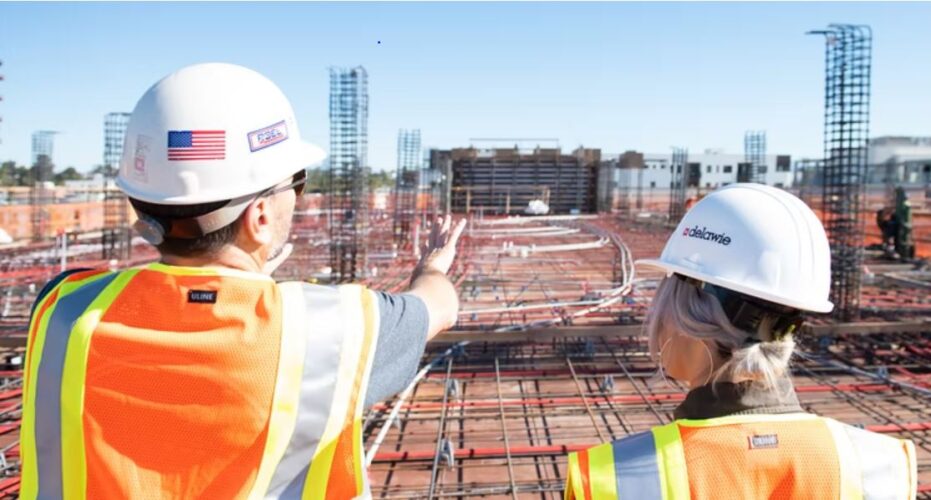Managing a site is a vital role in the construction industry, where safety is a key issue – that needs a lot of attention! As the site manager, it’s your job to both assess and manage safety hazards in the workplace. Responsibilities may also include managing and instructing the site workers, setting goals for the team, and seeing projects through to completion. Here, we’re going to look at some of the main duties of the manager, as well as some useful information if you’re planning on training as a site manager.
The 3 key safety responsibilities:
Construction workers need to be aware of all safety hazards and precautions, so that they are safe even when the site manager or site supervisor isn’t there to oversee everything. That’s why it is your duty to ensure all traders are inducted before they start work. Contractors need to be aware of site rules, and you should talk to them and their crews on a regular basis about on-site safety.
Onsite and site workers
Site managers will have the responsibility of ensuring that all work on a construction site is carried out safely and in compliance with relevant health and safety regulations. As with making sure work is completed on schedule and within budget. As with developing and maintaining a project plan, which includes a timeline for completion, resource allocation, and budget management. Managing a team of workers, including subcontractors. Coordinating their activities to ensure that work is completed efficiently. Scheduling work, assigning tasks and monitoring progress. It is absolutely vital that each worker knows how to work safely and without risk to their health and have absolute understanding of the organisation’s rules. You can coach, help or guide them to become and remain competent in these areas, as well as others.
You should always know who is working on the site, and it is your responsibility that each individual knows of all potential safety hazards. You should also make yourself as contactable as possible, making sure the right people have your number.
You must make sure there is a safety programme/routine in place so that everyone knows the precautions and actions to take in case of an accident. It is your duty to ensure everyone knows of this, and you should determine the effectiveness of the controls in place. You should be capable of performing emergency first aid at work, so you may need to complete a course and acquire a ‘first aid at work’ certificate.
Management approach
As a site manager, your main priority is safety, but it can also be your responsibility to motivate and even discipline staff if needed. You may be asked to mentor and encourage members of the team, which is why many companies look for a qualified manager with years of experience working as part of a team. It certainly isn’t considered an entry level job. You need industry experience and, in some cases, training. This might be in a specific technical skill, or in something more general like business administration.
In summary, a site manager in the construction industry s responsible for overseeing the day-to-day operations of a construction site. Their responsibilities include ensuring that work is carried out safely and in compliance with relevant health and safety regulations, managing the project schedule and budget, coordinating the work of a team of workers and subcontractors, communicating with clients to keep them informed of the projects progress, and managing the procurement of materials and equipment.
Why would a site manager benefit from a SMSTS course?
A site manager could benefit from a Site Management Safety Training Scheme (SMSTS) course in several ways. The course is designed to provide site managers with the knowledge and skills they need to manage health and safety on construction sites. By completing the course, a site manager will gain a better understanding of their legal responsibilities, as well as the best practices for managing health and safety on a construction site.
The SMSTS course will cover a wide range of topics including risk assessment, accident investigation, and the management of hazardous substances. It also covers the roles and responsibilities of different parties involved in a construction project, including the client, the designer, and the principal contractor.
By completing our SMSTS course, a site manager will be better equipped to manage health and safety on a construction site, which will help to reduce the risk of accidents and injuries. Students that take this course will also improve on their communication with workers about health and safety issues which will therefore create a safer and more productive work environment. Lastly, by completing the SMSTS course, your company will be demonstrating to clients that the site manager is capable and committed to managing health and safety on a construction site.

